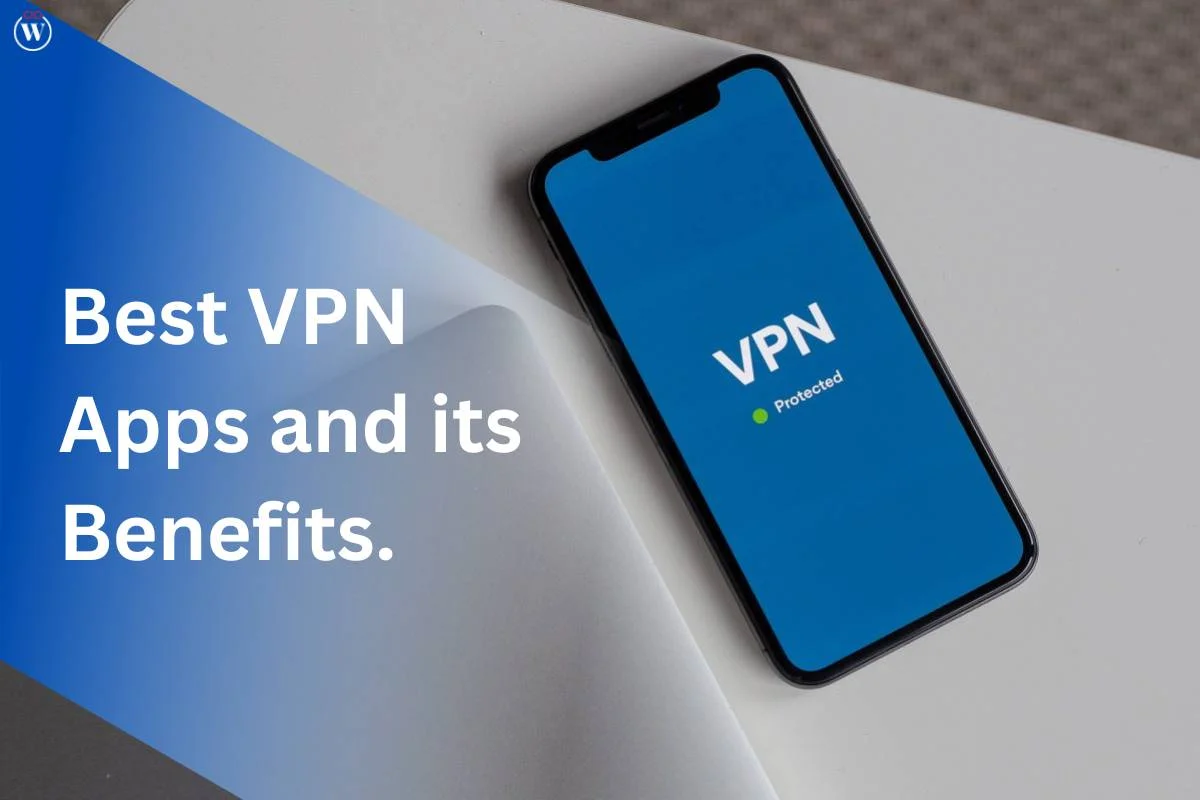Describe the evolution of smartphones and Their Impacts
Describe the evolution of smartphones is an ongoing journey, and we can't wait to see where it takes us next.

The smartphone has become an indispensable part of our lives, revolutionizing the way we communicate and interact with the world around us. In just a few decades, these pocket-sized devices have evolved at an astonishing pace, transforming from basic communication tools to powerful multimedia hubs. In this blog post, we will take a journey through the evolution of smartphones and explore their profound impact on communication.
Describing the evolution of smartphones
The concept of a handheld device capable of performing various functions, including communication, dates back to the early 1970s. However, it was not until the 1990s that the first true smartphone emerged. IBM's Simon Personal Communicator, introduced in 1994, is often considered the pioneer of smartphones. It combined the features of a mobile phone with a personal digital assistant (PDA), allowing users to make calls, send faxes, and manage contacts and appointments.
The Rise of Nokia
The late 1990s and early 2000s saw the emergence of Nokia as a dominant player in the smartphone market. Their Nokia 9000 Communicator, released in 1996, was a significant step forward. It featured a full QWERTY keyboard and a monochrome display, setting the stage for future smartphone designs.
The BlackBerry Era
In the early 2000s, BlackBerry became synonymous with business communication. Their devices featured physical keyboards and secure email capabilities, making them a favorite among professionals. BlackBerry's success highlighted the growing importance of mobile email and paved the way for smartphones as productivity tools.
The Game-Changaer: Apple's iPhone
The real game-changer in the smartphone industry arrived in 2007 with the launch of the first-generation iPhone by Apple. The iPhone revolutionized the way we interacted with our phones and the world. Its sleek design, multi-touch interface, and the App Store created a new paradigm for mobile communication. Suddenly, a smartphone was not just a tool for calling and texting; it was a portal to a world of possibilities.
The Android Revolution
As the iPhone gained popularity, Google introduced its Android operating system in 2008. Android offered an open-source alternative to Apple's iOS, allowing various manufacturers to produce their own Android-powered devices. This led to a flood of smartphones with diverse features, designs, and price points, giving consumers more choices than ever before.
The Era of Apps
The introduction of mobile apps was a significant milestone in smartphone evolution. App stores allowed developers to create software for specific tasks, making smartphones even more versatile. Today, there are millions of apps available, catering to everything from social networking and gaming to productivity and health.
The Camera Revolution
Smartphones gradually replaced digital cameras as the primary tool for capturing moments. The advancement of camera technology in smartphones has been remarkable, with some devices now boasting multiple lenses, high-resolution sensors, and advanced image processing capabilities. Social media platforms like Instagram and Snapchat owe much of their success to the ease of sharing photos and videos directly from smartphones.
The Age of Social Media by evolution of smartphones
Social media platforms have thrived in the smartphone era. The ability to access and post on platforms like Facebook, Twitter, Instagram, and TikTok from anywhere has changed the way we communicate and share our lives. Real-time updates, instant messaging, and live streaming have become integral to our daily interactions.
Always Connected
The evolution of mobile networks has played a crucial role in smartphone development. From 2G to 3G, 4G, and now 5G, each generation brought faster data speeds, reduced latency, and improved network reliability. This has enabled seamless video calls, online gaming, and real-time collaboration, making it easier for people to connect regardless of their location.
The Impact on Communication by evolution of smartphones
The impact of smartphones on communication cannot be overstated. Here are some key ways in which they have transformed the way we interact:
Instant Messaging: Text messaging and instant messaging apps have made it easy to have quick, asynchronous conversations with friends, family, and colleagues. Apps like WhatsApp and iMessage have become central to our daily lives.
Video Calls: Services like FaceTime, Skype, and Zoom have made face-to-face communication possible, even when miles apart. This has strengthened relationships, both personal and professional.
Social Networking: Social media platforms have become hubs for connecting with friends and staying updated on current events. They have also given a voice to marginalized communities and facilitated global conversations.
Email and Productivity: Smartphones have made it possible to manage emails and work-related tasks on the go, blurring the lines between work and personal life. This flexibility has its pros and cons, as it allows for greater work-life balance but can also lead to burnout.
Multimedia Sharing: The ease of sharing photos, videos, and other media has enriched communication. Whether it's sharing vacation pictures or sending funny memes, smartphones have made multimedia communication effortless.
Navigation and Location Sharing: GPS and mapping apps have revolutionized navigation, making it easy to find directions, discover new places, and share your location with friends or family.
Emergency Communication: Smartphones have become vital tools during emergencies, allowing users to call for help, access critical information, and receive emergency alerts.
Language Translation: Language barriers are no longer insurmountable obstacles. Smartphone apps can translate text and speech in real-time, enabling communication between people who speak different languages.
The evolution of smartphones has been nothing short of remarkable.. Smartphones have changed how we communicate, connect, work, and play.
While they have undoubtedly brought numerous benefits, it's essential to recognize the challenges that come with this transformation. Issues such as smartphone addiction, privacy concerns, and the blurring of work and personal life must be addressed. Nonetheless, smartphones are here to stay, and their continued evolution will shape the future of communication in ways we can only imagine.
As we move forward, it's crucial to harness the power of smartphones for positive change while remaining mindful of their potential pitfalls. The smartphone revolution is an ongoing journey, and we can't wait to see where it takes us next.
What's Your Reaction?















